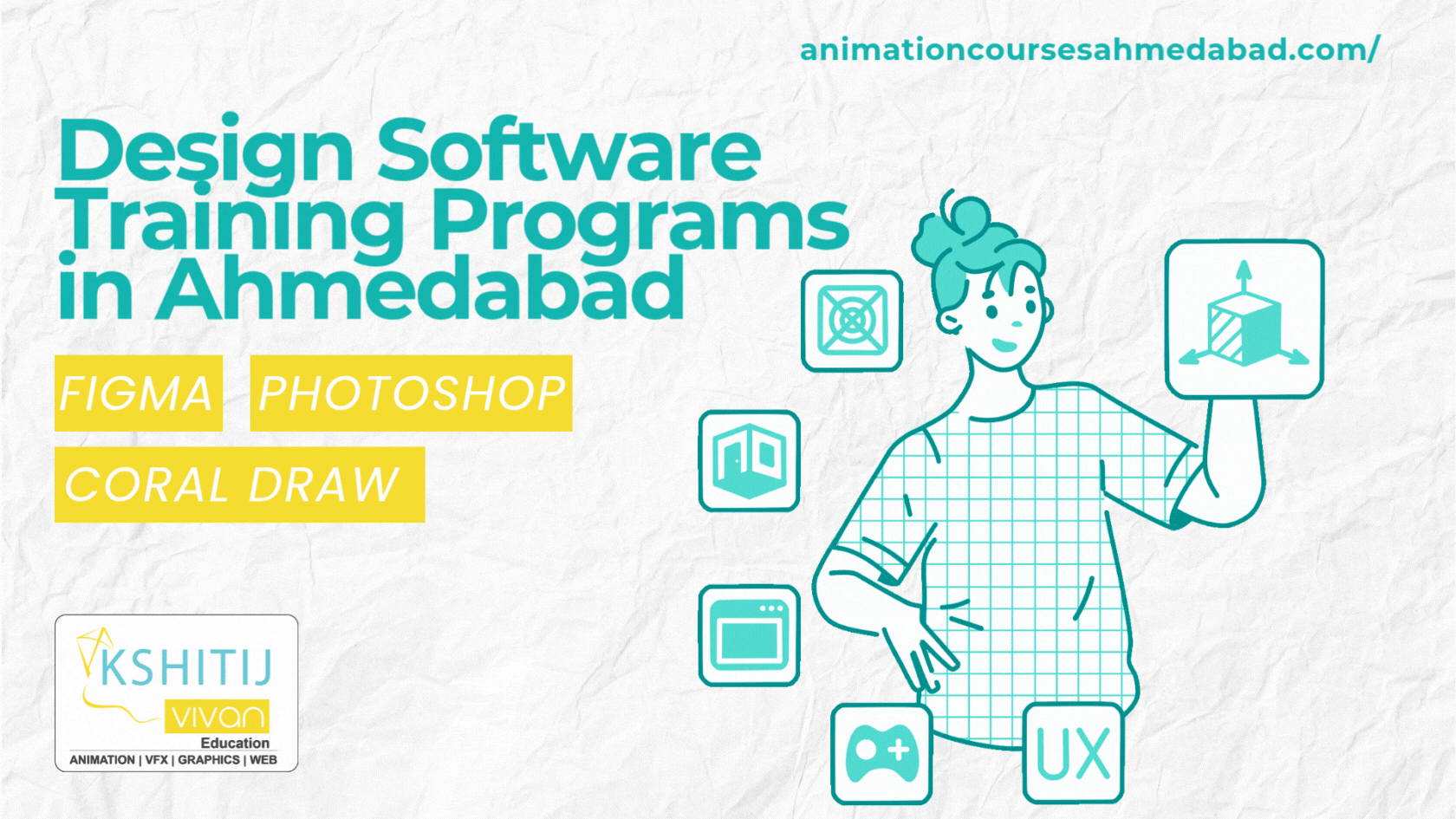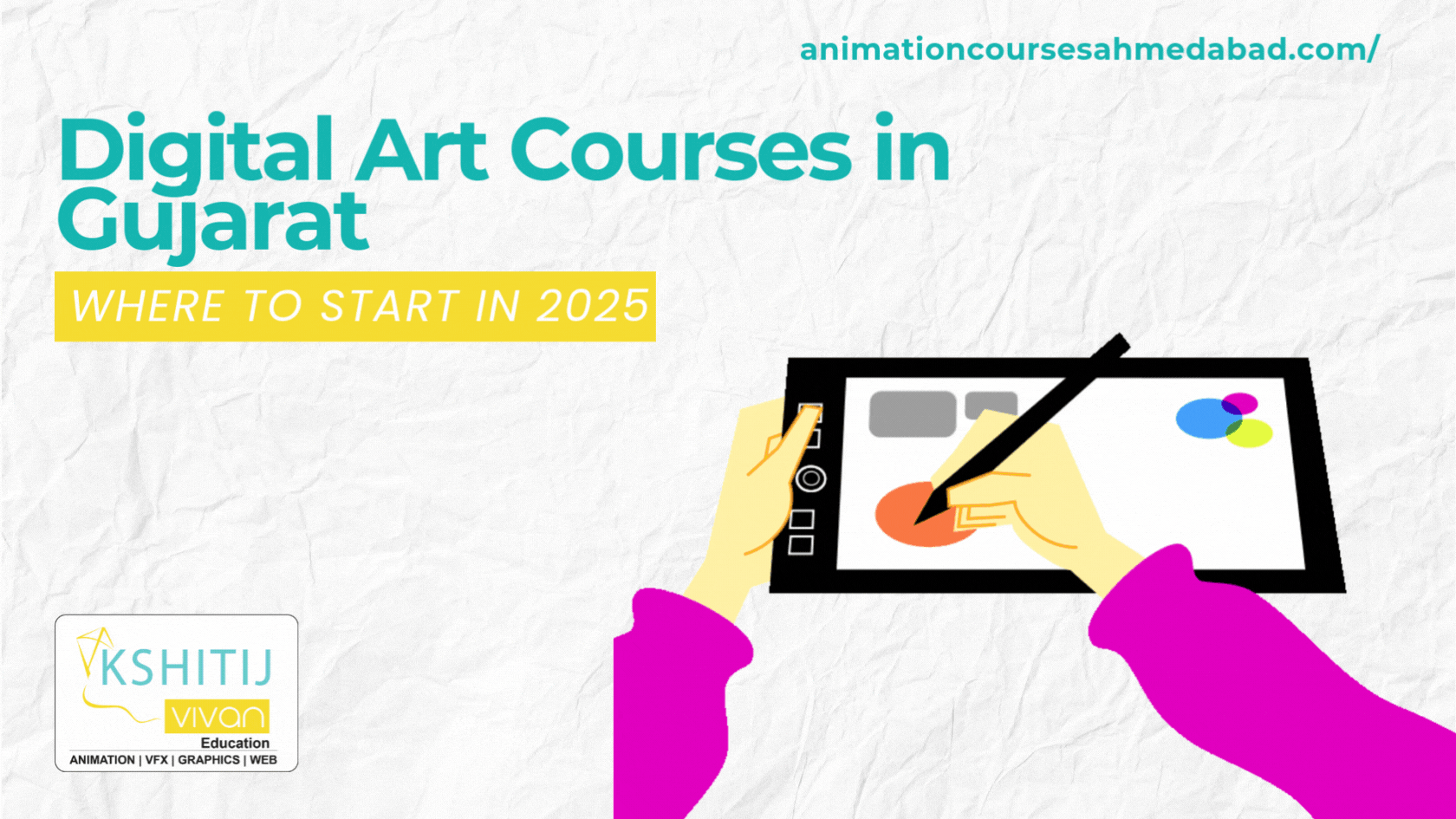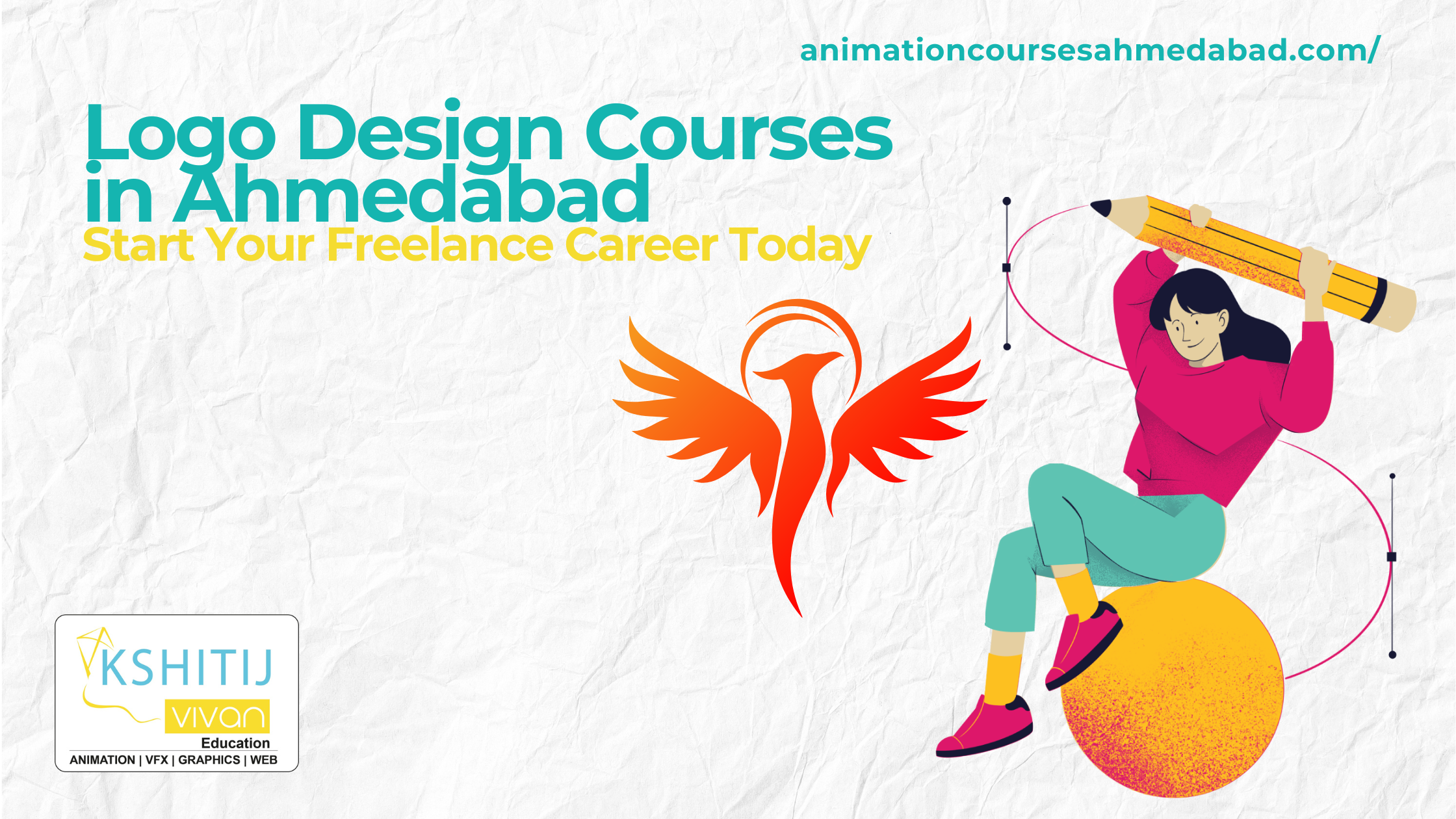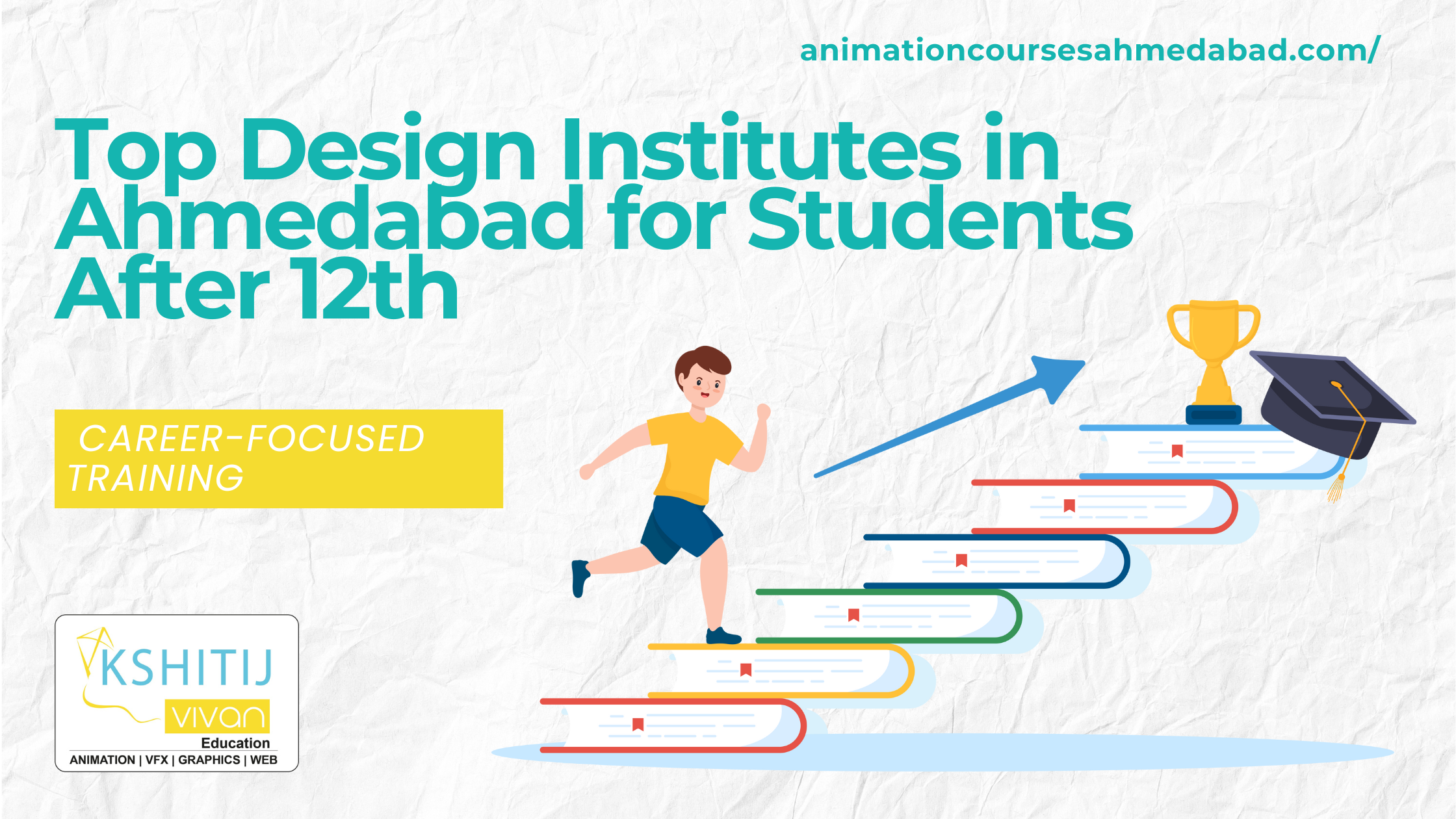
4 Main Basic 3D Animation Concepts
4 Main Basic 3D Animation Concepts
3D computer graphics are often referred to as 3D models. 3D is the short form of three-dimensional. Aside from the rendered graphic, the model is contained within a graphical data file. However, there are differences. The 3D model is the mathematical representation of a three-dimensional object. A model is not technically a graphic until it is displayed. Due to 3D printing, 3D models are not confined to the virtual space. A model can be displayed visually as a two-dimensional image through the process called 3D rendering, or used in non-graphical computer simulations and calculations. Basic 3D Animation Concepts are explained over here.
4 Main Parts of 3D animation
1. Modeling
Among the two most common sources of the 3D models are those that an artist or engineer originates on a computer with some 3D modeling tool, and models scanned into a computer from real-world objects. Models can be produced procedurally or via physical simulation. A 3D model is formed from points called vertices that define the shape and form polygons. A polygon is an area formed from at least the three vertexes. The overall integrity of the model and its suitability to use in the animation depending on the structure of polygons.
2. Texturing
A map of texture is applied to the surface of a shape or polygon. The process is akin to applying patterned paper to a plain white box. Every vertex in the polygon is assigned a texture coordinate either via explicit assignment or by the procedural definition. The Image sampling locations are then interpolated across the face of a polygon to produce the visual effect result that seems to have more richness than could otherwise be achieved with a limited number of polygons.
3. Layout and Animation
Before rendering into an image, objects must be placed in a scene. It defines spatial relationships between objects, including size and location. Animation refers to the temporal description of an object, i.e., how it moves and deforms over the time. Popular methods include inverse kinematics, key framing and motion capture. These techniques are often used in combination. As with the modeling, physical simulation also specifies motion.
4. Rendering
The process converts a model into an image either by simulating light transport to get photo-realistic images or by applying some style as in non-photorealistic rendering. The two basic operations in realistic rendering are transport and scattering. This step is performed using 3D computer graphics software or a 3D graphics API. Altering the scene into a suitable form for rendering also involves 3D projection, which displays a three-dimensional image in two dimensions.
Kshitij Vivaan offers career courses in Animation, VFX, graphics, web designing & gaming for students from different cities of Rajasthan such as Karauli and Ajmer. KSHITIJ VIVAN helps these students get the best job placements according to their skills and talents to get the best start to their Professional Careers.



